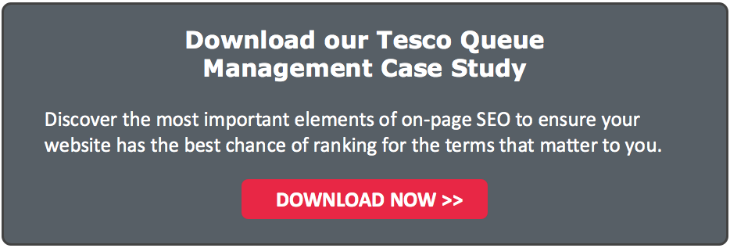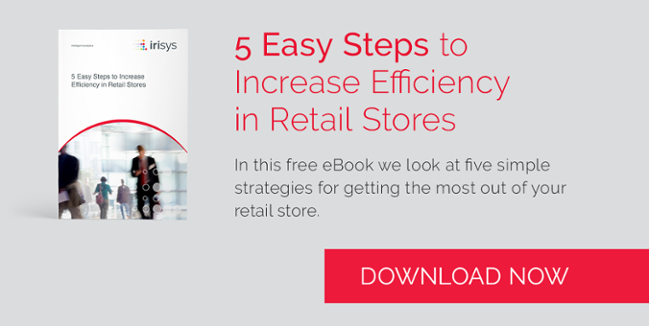Key metrics for monitoring front end customer service
In the first article, we shared the evidence that a better and faster checkout experience contributes heavily to shopper’s overall satisfaction. In the second article we discussed the need to first understand your current service level and the effort required to achieve your desired service level before making a service promise. In the third article we described the process changes required to ensure your strategy is consistently delivered. This article – the fourth in the series – stresses the importance of selecting and monitoring the correct key performance indicators (KPIs)
Identifying the right KPIs
Once the front end service promise has been communicated and the supporting processes are in place, routine monitoring of KPIs is required to ensure that service is consistently delivered. Monitoring the correct metrics ensure that meeting the goal of one objective does not negatively impact others. This can be a balancing act as objectives may appear to conflict. A recent example in the news is the retailer that wants to improve their reputation for fast service and plans to open all registers during busy periods. This will likely reduce wait time at the registers, but it will also likely increase their labor percentage if the additional registers opened don’t result in a proportional increase in sales.
Following are some of the key metrics we have found to be the most insightful in ensuring the appropriate balance between service and labor is maintained. The data source for these metrics comes from the Irisys Queue Intelligence™ management system, and from the retailer’s own systems.
Irisys system metrics
A few of the key metrics the Irisys system provides are listed below.
- Queue Length and Wait Time
- Actual Hours cashiers are at their registers available to service customers
- Cashier Hours Required to meet the service objective
Queue Length and Wait Time measure the customer’s experience - how long they waited and how many people were in line in front of them. Actual and Required Hours show how well the store utilized cashiers – did they use more than, or not enough of the labor required to meet the queue length or wait time goal? Because all of the Irisys data is available by time of day, the Retailer can see when labor should be moved to a different day or time of day. Our extensive experience has been that most retailers have sufficient labor scheduled to meet their goal, but that labor needs to be reallocated throughout the week and throughout the day.
Retailer system metrics
Below are some of the key metrics the Retailer may need to monitor alongside the Irisys’ metrics –
- Labor % (cashier labor dollars as a % of sales)
- Store and Front End % Effectiveness (actual vs. earned labor hours)
- Cashier Relief Hours (hours used from other departments when front end cashiers aren’t available)
- Demand (or Earned) Cashier Hours from the workforce management system
Labor KPI's
Depending on the current state of the business, the Labor % goal may need to be adjusted to allocate more or less hours for service. Once the goal is determined, it is good indicator of the balance between service and labor. Monitoring both Store and Front End % Effectiveness helps ensure that the effort to improve service on the front end doesn’t negatively affect other departments. When the queue management system is initially implemented, we’ve found that stores tend to rely heavily on Cashier Relief Hours from other departments. As they work with the system and reallocate labor to the times where it is needed, the need for cashier relief from other departments decreases.
Workforce Management System
The Demand Hours from the Retailers workforce management system should be close to the Irisys Required Hours. When they aren’t, we’ve found the following issues -
- Labor standards are outdated and don’t accurately reflect Front End processes,
- Stores aren’t following the Front End processes that the labor standards are based on, or
- Labor standards aren’t aligned to the Retailers service promise – either the system doesn’t allocate enough time to meet the service promise or the system allows too much time and there is wasted labor on the Front End
Integrating the queue management KPI's into your daily and weekly reporting will keep the focus on service while making sure that the proper balance between labor and service is maintained. Please contact us for more information about other data the Irisys system provides and the insight it can bring into your business. The Irisys team has the expertise and experience to help you improve your service and optimize labor by monitoring the right data.
Share this
You May Also Like
These Related Posts

Single vs. Multiple Queues – Which one is best for you?

Calculating Benefits of a Queue Management System — Labour Savings

How long will retail customers wait (and what you can do to help)?
Connect with us
Need more information? Ready to get started? We're here to help, get in touch.




